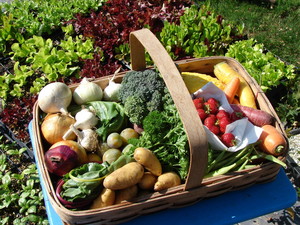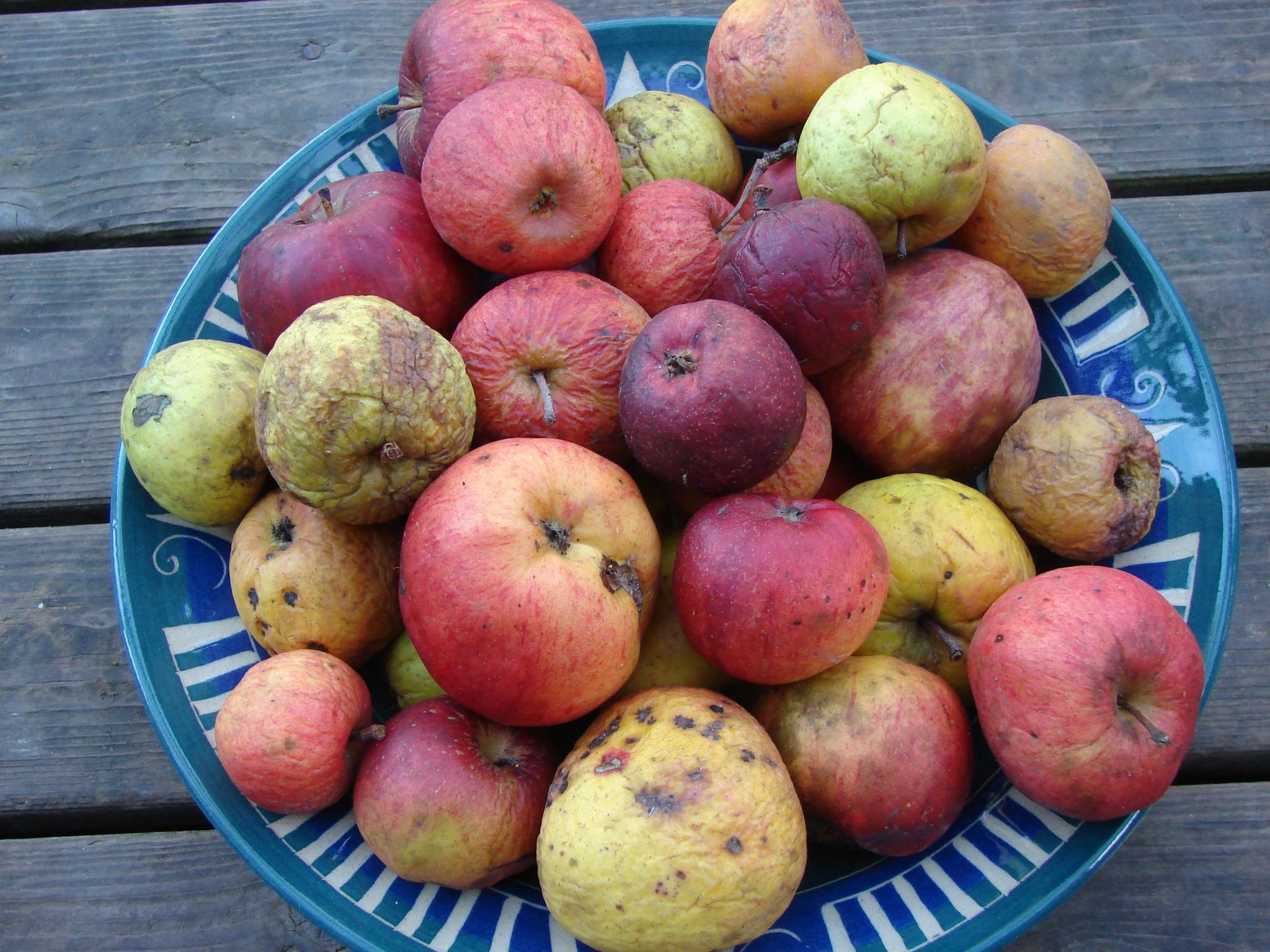28 Apr Thu 2016
Apple Scab
This year was the first year in my 35 year history to have NO apple scab (Venturia inaequalis). This fungus affects apples as a skin blemish and reduces crop by as much as 50%. The scab has 2 parts to it's infection-one:the overwintering leaves on the ground and two: the leaves and fruit on the tree. The 1st part-leaves on the ground can be reduced by sanitation or decay (by Urea fertilizer to enhance). So what happened in 2016? The stage 1-leaves on the ground- disseminated 100% of the 'ascospores' by April 23rd - based on the biofix model using 900 growing degree days (base 32° F.). During the infection period of blossom to waxy cuticle (when the leaves resist infection, about July) the leaves/flowers/fruit need to be wet for a certain period of time at a certain temperature- higher T.= shorter wetting period to germinate the ascospores on the fruit/leaves.
Ok, my question, now that all the ascospores have been disseminated and are floating around, I am to assume an air sample in the orchard would be higher a month ago and that today the ascospore count in the atmosphere around the orchard is going to be quite low due to the air exchange/breezes. So far we have NOT had a wetting period (based on the Mills Chart) that offers germination on the fruit. Cool. Clean, clean, clean! But what if there is a wetting period? Is the ascospore count in the air we breath high enough to perpetuate the (now thought to be insignificant) scab spore? I would love to see an air sample!
Please, Air sample scientists, help with this one



